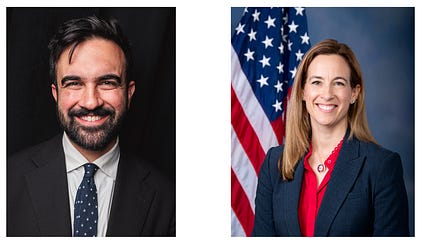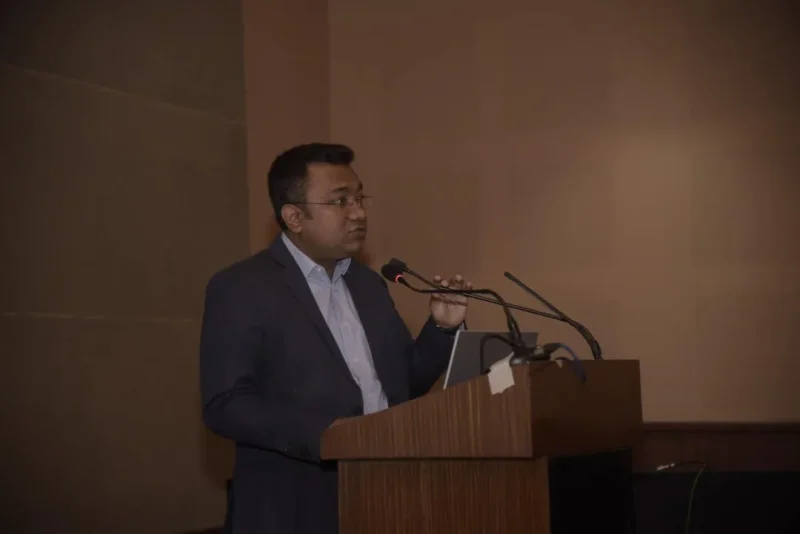US appeals court says Trump administration can cut billions in foreign aid – BBC

Report on the Impact of US Foreign Aid Policy Changes on Sustainable Development Goals
1.0 Executive Summary
A recent United States appeals court ruling has permitted the federal government to proceed with significant cuts to its foreign aid budget. This decision has profound implications for the global effort to achieve the 2030 Agenda for Sustainable Development, particularly impacting goals related to health, poverty, and international partnerships. The cessation of funding and the closure of the U.S. Agency for International Development (USAID) represent a substantial withdrawal from established global development frameworks.
2.0 Judicial Decision and Policy Implementation
The policy shift was solidified through a series of legal and executive actions:
- The Trump administration initiated a pause on all foreign assistance.
- International aid organizations challenged the order, initially winning an injunction from a district judge who found the funding freeze unlawful as the funds were allocated by Congress.
- A federal appeals court subsequently reversed the lower court’s judgment, ruling that the aid groups did not have the legal standing to challenge the executive order, thereby allowing the funding cuts to continue.
- The U.S. Agency for International Development (USAID), the primary vehicle for U.S. foreign aid, was officially closed, with its remaining functions transferred to the State Department.
3.0 Direct Impact on SDG 3: Good Health and Well-being
The funding cuts present a direct and severe threat to the achievement of SDG 3, which aims to ensure healthy lives and promote well-being for all at all ages.
- Global Health Programs (Target 3.8): The elimination of nearly $4 billion in funding for global health initiatives critically undermines progress toward achieving universal health coverage and strengthening health systems in developing nations.
- HIV/AIDS Programs (Target 3.3): Over $6 billion in funding for HIV and AIDS programs, previously approved through 2028, is now subject to cancellation. This directly jeopardizes the global target of ending the AIDS epidemic by 2030.
4.0 Broader Consequences for the 2030 Agenda
The reduction in foreign assistance extends beyond health, affecting a wide spectrum of Sustainable Development Goals.
- SDG 1 (No Poverty) & SDG 10 (Reduced Inequalities): The cancellation of over 80% of USAID’s programs, many of which were designed to alleviate poverty and reduce economic disparities, creates a significant setback for these foundational goals.
- SDG 17 (Partnerships for the Goals): The closure of USAID and the unilateral withdrawal of funding weaken the global partnership for sustainable development. This action dismantles a key institutional mechanism for international cooperation and resource mobilization.
5.0 Expert Analysis and Projections
The international development community and public health experts have issued stark warnings regarding the consequences of these policy changes. Criticism has been voiced by former U.S. presidents and humanitarian organizations worldwide. A projection published in The Lancet medical journal estimates that the funding cuts could lead to over 14 million additional deaths by 2030, indicating a catastrophic failure to meet the targets outlined in SDG 3.
1. Which SDGs are addressed or connected to the issues highlighted in the article?
The article highlights issues that are directly connected to the following Sustainable Development Goals (SDGs):
-
SDG 3: Good Health and Well-being
This goal is central to the article, which explicitly discusses the cutting of “nearly $4 billion for global health programmes” and “more than $6 billion for HIV and AIDS programmes.” The potential consequence of these cuts, a projection of “more than 14 million additional deaths by 2030,” directly relates to the core mission of SDG 3 to ensure healthy lives and promote well-being for all at all ages.
-
SDG 17: Partnerships for the Goals
This goal is addressed through the article’s focus on the cancellation of foreign aid, which is a key component of global partnerships for sustainable development. The decision by the US federal government to halt “foreign aid payments,” slash funding, and close the “US Agency for International Development (USAID)” represents a significant disruption to the international cooperation and financial commitments that are essential for achieving all other SDGs, as outlined in SDG 17.
2. What specific targets under those SDGs can be identified based on the article’s content?
Based on the article’s content, the following specific SDG targets can be identified:
-
Target 3.3: End the epidemics of AIDS, tuberculosis, malaria and other communicable diseases
The article’s specific mention that “More than $6 billion for HIV and AIDS programmes… can be axed” directly impacts the global effort to combat the AIDS epidemic. This funding is crucial for prevention, treatment, and research, making its removal a direct threat to achieving this target.
-
Target 17.2: Developed countries to implement fully their official development assistance commitments
The article describes the US government’s decision to impose a “90-day pause on all foreign assistance” and to slash foreign aid in general. This action represents a failure to implement official development assistance (ODA) commitments, which is the central theme of Target 17.2. The article details the reversal of funding that “had already been approved by Congress,” undermining the stability and predictability of international development finance.
-
Target 17.9: Enhance international support for implementing effective and targeted capacity-building in developing countries
The closure of the US Agency for International Development (USAID), described as “the main foreign aid agency,” is a direct blow to this target. The article notes that “More than 80% of all the agency’s programmes were cancelled,” which dismantles a primary mechanism for providing international support and capacity-building in developing nations to help them achieve their national development plans.
3. Are there any indicators mentioned or implied in the article that can be used to measure progress towards the identified targets?
Yes, the article mentions or implies several indicators that can be used to measure the impact of the actions described:
-
Financial Flows for Development Assistance
The article provides specific monetary values that serve as direct indicators of financial support. The figures of “$4 billion for global health programmes” and “$6 billion for HIV and AIDS programmes” being cut are quantifiable indicators of the reduction in Official Development Assistance (ODA) for the health sector. This directly measures the commitment described in Target 17.2.
-
Projected Mortality Rates
The warning from researchers that the funding cuts “could cause more than 14 million additional deaths by 2030” serves as a powerful, albeit projected, outcome indicator. This metric directly measures the potential negative impact on SDG 3 (Good Health and Well-being) and demonstrates a reversal of progress in reducing mortality from preventable causes.
-
Cancellation of Development Programmes
The statement that “More than 80% of all the agency’s [USAID’s] programmes were cancelled” is a clear indicator of the reduction in international cooperation and capacity-building projects. This percentage quantifies the withdrawal of support mechanisms that are crucial for achieving Target 17.9 and other development goals on the ground.
4. Table of SDGs, Targets, and Indicators
| SDGs | Targets | Indicators Identified in the Article |
|---|---|---|
| SDG 3: Good Health and Well-being | Target 3.3: By 2030, end the epidemics of AIDS, tuberculosis, malaria and neglected tropical diseases… |
|
| SDG 17: Partnerships for the Goals | Target 17.2: Developed countries to implement fully their official development assistance commitments… |
|
| SDG 17: Partnerships for the Goals | Target 17.9: Enhance international support for implementing effective and targeted capacity-building in developing countries… |
|
Source: bbc.com

What is Your Reaction?
 Like
0
Like
0
 Dislike
0
Dislike
0
 Love
0
Love
0
 Funny
0
Funny
0
 Angry
0
Angry
0
 Sad
0
Sad
0
 Wow
0
Wow
0

















































:focal(1500,1000)/https://media.globalcitizen.org/a6/9a/a69a4720-d8a1-4715-b596-18738d03c05c/rotary_polio_hero_image.jpg?#)






/countries/sri-lanka/photo-credit---dmc-sri-lanka.tmb-1200v.jpg?sfvrsn=dc298bcc_1#)


















